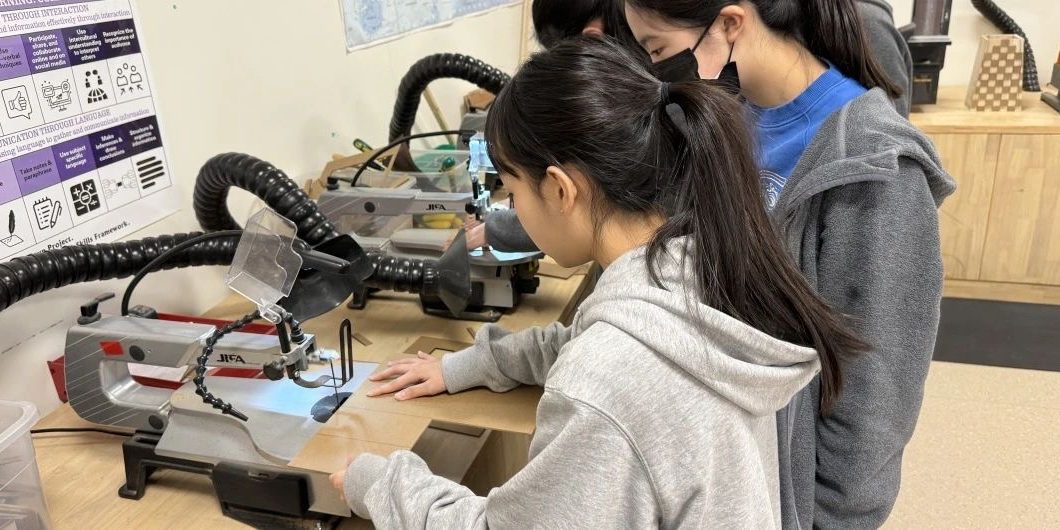Interdisciplinary Learning
What is an IDU?
We are living in a complex, ever-changing and highly interconnected world. It is significant to prepare our students to knit together knowledge from vast and disparate sources into coherent wholes with the synthesizing minds (Mansilla, 2016).
Interdisciplinary learning is one of the key essences in MYP. Through the learning of interdisciplinary unit (IDU), students will have the opportunities to integrate different subject-specific knowledge and make connections between knowledge domains. IDU is grounded in each subject, particularly, it emphasizes the extension and synthesis of understanding which brings together concepts, methods and modes of communication to develop new perspectives. As being meaningful and purposeful, IDU nurtures our students to be a critical thinker and empowers them to address real-world issues by taking action and promote positive changes.
——Emma Yang (MYP Coordinator)
Planning an IDU
When we decided to do the IDU, we first determined the key concept, related concepts and the global context. To write and plan the lesson plan, our science and design teachers arranged several meetings to determine the course content, discuss the lesson plan together, we then tried to avoid repeated teaching of content. Time is arranged for the specific implementation of summative assessment. We determined the specific presentation form of summative assessment, and ensured that students completed and delivered the presentation within the prescribed time.
——Maggie Miao (Science Teacher)
Design Perspective
The IDU “Designing Mechanical Toys with Simple Machines” provides a hands-on learning experience that bridges the gap between theoretical knowledge and practical application. By focusing on the creation of mechanical toys, students engage with both design principles and scientific concepts, particularly those involving physics and engineering.
In the Design subject, students are tasked with designing toys that incorporate simple machines, offering them a practical understanding of mechanics and motion while also emphasizing the iterative nature of the design cycle, including planning, developing, testing, and refining their products. This approach not only enhances their technical and digital fabrication skills—through activities like, wood workshop skills, modeling their design through CAD programs, and using machines such as laser cutters but also highlight the importance of research, ideation, documentation, and reflection, essential components of the MYP Design criterion.
——Hae young Chung (Design Teacher)
Science Perspective
In this unit, we have chosen the key concept of systems. From a science perspective, students have acquired knowledge about six simple machines and their practical applications in our everyday lives. They have learned how to calculate weight, mass, work, efficiency, and mechanical advantage. Engaging in experiments involving level and pulley systems, they have gathered data, performed analysis, and evaluated the results. As a culmination of their learning, students will apply their acquired knowledge to design their own toys utilizing simple machines.
——Sunny Si (Science Teacher)
Students are exploring how different pulley systems affect the mechanical advantage in science class. They design their pulley systems in groups, and then cooperate to conduct experiments to measure the mechanical advantage of different pulley systems. They will use the theoretical knowledge learned in science class such as six simple machines, work, efficiency and mechanical advantage combined with the skills learned in design class to design mechanical toys. This interdisciplinary unit will help students understand the connection between the two disciplines better.
——Maggie Miao (Science Teacher)
Click here for more details.
Author:
Emma Yang (MYP Coordinator, MYP Chinese Language Acquisition Teacher)
Maggie Miao (MYP Science Teacher)
Hae Young Chung (MYP Deisgn Teacher)
Sunny Si (MYP Science Teacher, DP ESS Teacher)













